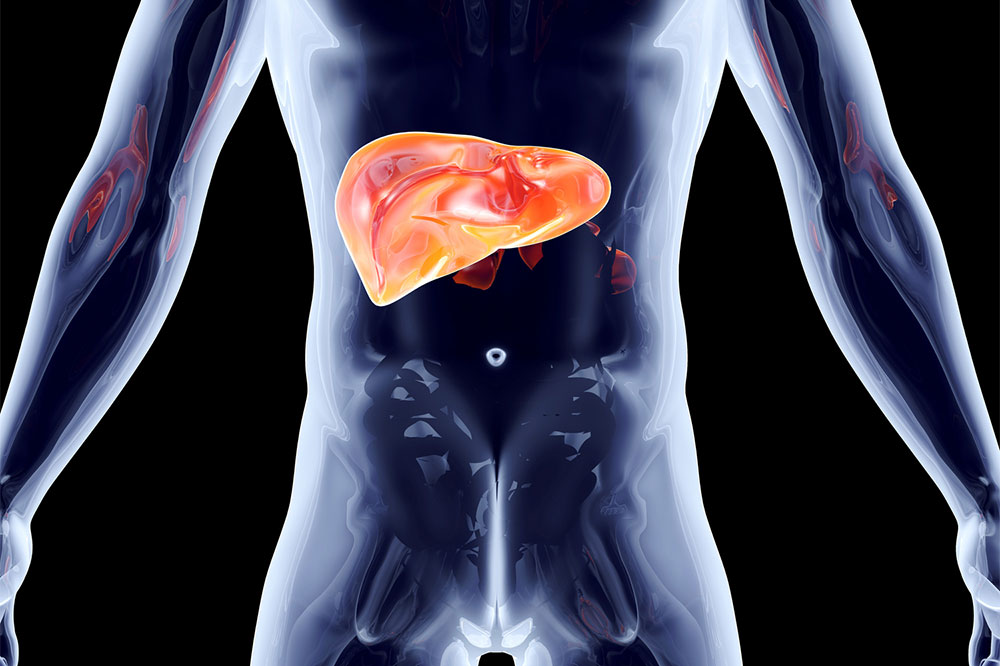Urinary tract infection in cats – Signs and management

Urinary tract infection, or UTI, is a condition that is not commonly seen in cats. However, when it does affect the felines of any age, it can cause significant health problems. This condition can occur due to bacterial infection in the urethra or bladder. As a pet parent, it is important to be aware of this condition and know different ways to handle it. Here is a brief guide about urinary tract infections in cats, shedding light on the symptoms and treatment options.
Symptoms
If a cat has a urinary tract infection, the cat owners may notice the following symptoms:
Pain during urination
Painful urination is one of the most telltale and worrying signs of UTI. If one notices the cat crying out in pain while urinating, it may be a sign of discomfort due to a urinary tract infection or feline lower urinary tract infection (FLUTD).
Blood in urine
Cat owners must also keep an eye on their pet’s urine. If one observes blood in the urine or notices that it appears unusually cloudy, it might indicate the presence of a urinary tract infection. In either case, these symptoms must not be taken lightly, and the cat must be promptly taken to a veterinarian for timely diagnosis and treatment.
Strong urine odor
If a cat is affected by a urinary tract infection, pet owners may notice an unpleasant and strong stench of ammonia in the cat’s urine.
Increase in urination
If a cat’s urination frequency has increased unusually, it could be a sign of UTI. Despite frequent urination, cat owners may also notice that the cats only pass a small amount of urine. This is also a common symptom of UTI in cats.
Treatment options
Upon diagnosis, the veterinarian may prescribe a few treatment options for the cat to manage the condition. This can include a temporary change in their meals and other home treatments.
Increase water intake
The cat owners should encourage their cats to drink more water. This will help the felines fight their UTIs by flushing out toxins. For those who refuse to drink water, pet parents can add bone broth to their daily meals. This will not only help with hydration but also provide adequate nutritional benefits to fight against UTIs.
Removal of obstructions in the urethra
Those cats with lower urinary tract infections may have to be hospitalized to remove the obstruction in the urethra. The doctor may suggest a surgical procedure that involves the insertion of a tube in the urinary opening to clear and flush out the obstruction with a sterile fluid.
Apple cider vinegar
A natural way to treat UTIs in cats is by lowering the pH level of the urine. One way to achieve this is by adding half a tea of apple cider vinegar to the cat’s daily meals. One can mix it with chicken or beef broth to reduce its bitter taste. However, consult a veterinarian before going ahead with this option.






